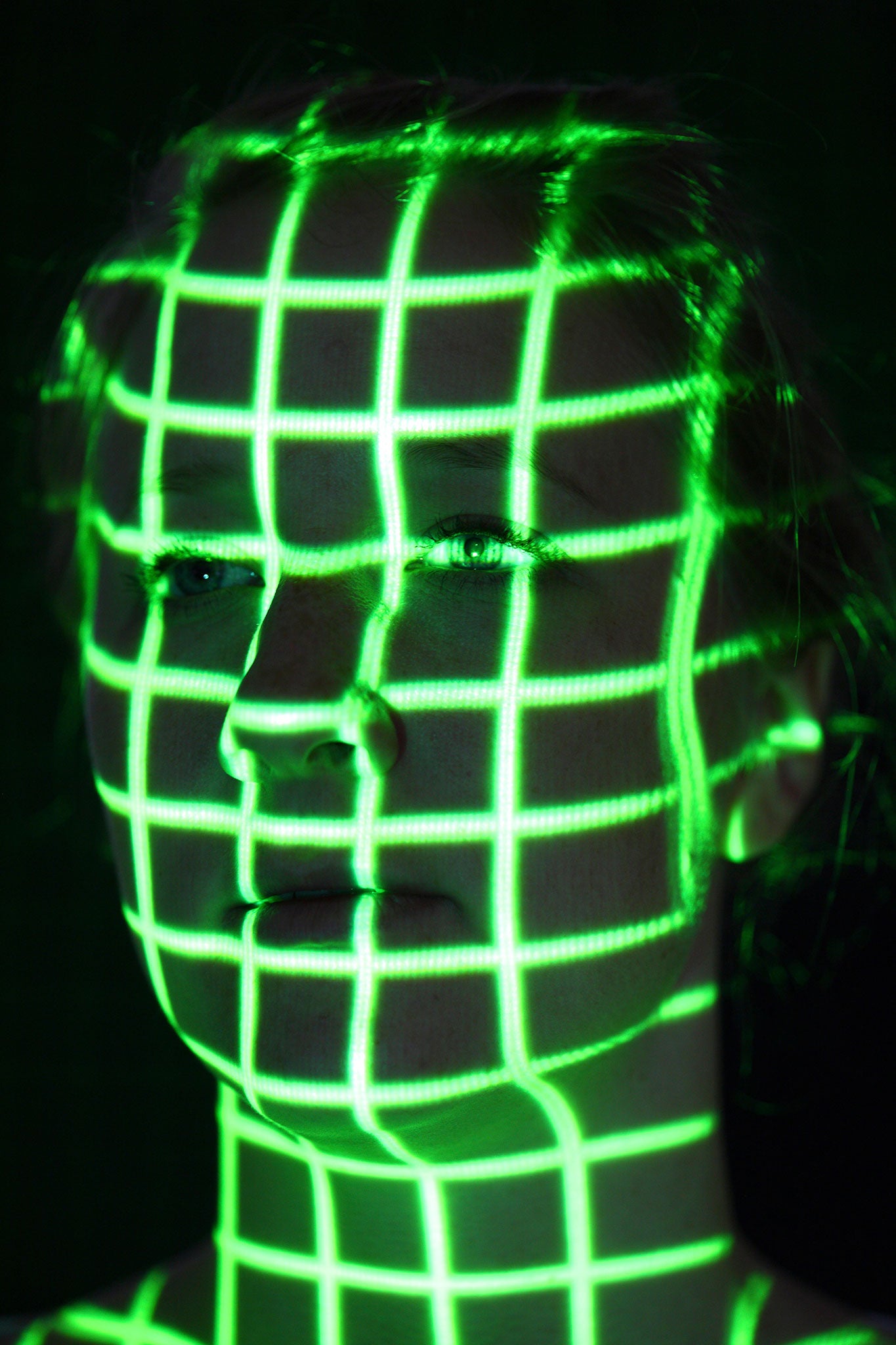The Silent History by Eli Horowitz, Matthew Derby and Kevin Moffett, book review
Even in old-fashioned book form, this high-concept iNovel dazzles

'The Silent History' generated considerable buzz when it first appeared in 2013. A collaboration between three "creators", under the aegis of Eli Horowitz, the man behind the brilliant interactive children's story The Clock Without a Face, it appeared in app form – the 21st-century version of a serial novel. Only this serial could be experienced in various hyperlinked ways, including GPS-responsive segments that would open should the reader pass through Chicago's O'Hare airport. Take that, Charles Dickens.
The digital blockbuster story has now been published as a 500-page novel with a nostalgically old-fangled structure: six volumes, bookended by a prologue and epilogue. Devoid of its interactive gizmos, the big questions are: is it worth the paper it is now printed on, and does this material form affect the narrative itself?
The high-concept premise is brilliantly simple, and resounds with echoes of John Wyndham, Stephen King and JG Ballard. A generation of children are born without speech, and more to the point without any understanding of language. Locked in their own world, they communicate only with other "Silents", through an intense form of face recognition.
The set-up throws down a gauntlet as the authors are the first to admit: "Words are the least important parts of this story." The void is filled by a vast-ish array of characters who do speak, in fairly consistent 1,500-word monologues. A prologue informs us that these are records intended for posterity, but it is one of many smart twists that the urgency of the process is only revealed at the end.
These protagonists interpret the Silents in vastly different ways: the children are not absences so much as mirrors revealing an individual's underlying character. We have the often desperate parents of Silent children, who vacillate between fear and love, intimidation and sorrow, disappointment and longing. Patti Kern, a cultish New Age earth mother, reads the children as embodying a long-lost purity and innocence. A politician exploits this new constituency to make his name. Businessmen, scientists and inventors all see dollar signs hanging in the quiet.
These latter sympathies are contingent on the Silents being accepted by the populace at large. But as the children grow up, forming exclusive communities, cultures and rules of their own, their once compelling strangeness attracts incomprehension, prejudice and discrimination.
The plot's pivotal moment arrives with the invention of a "cure", which many Silents accept but which, once it is made mandatory, a minority reject. The focus for the final volumes is a young family (Flora, Spencer and their Christ-like son Theo) who flee the enforced corrective procedure. The beautifully modulated ebb and flow of these concluding sections sets the world of words and silence on a philosophical collision course. Does language imprison or set us free? If something – a person, an object, an emotion, a mind – cannot be named, does it still exist (and if so, how)? Can there be community without communication?
Read on an old-fashioned paper page, these interrogations feel very last millennium – or older: Shelley's "Defence of Poetry" pondered similar semantic brain-teasers in 1821. Downloaded onto an iPad, they encourage similarly open-ended meditations about contemporary culture. Are the authors anxious about an iGeneration locked in exclusive, silent(ish) cyber-communion with one other? Or are they simply celebrating the next stage of exclusive youth culture rising inexorably out of the ashes of the old?
It is one of The Silent History's many virtues that weighing the alternatives proves so very enjoyable. Stripped of its videos, interactive gee-gaws and bonus material, the plot more than stands on its own, driven by classic narrative virtues: chases, hints of the supernatural, and bits of the dystopian thriller, intellect mystery and cosmic jigsaw puzzle. The finale asks the biggest questions of all, suggesting that here is a novel at once fun, clever and humane with the scope to outlast its hipper-than-thou origins. "Let the unknown be the unknown. The things we need will reveal themselves in time."
Join our commenting forum
Join thought-provoking conversations, follow other Independent readers and see their replies
Comments